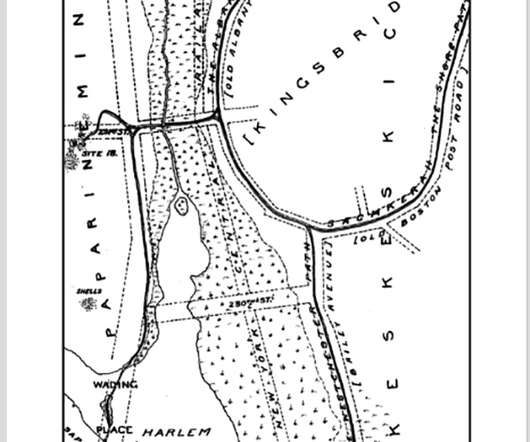Tadoba Andhari Tiger Reserve: the Tiger Afternoon
10,000 Birds
JANUARY 22, 2015
She is an excellent mother, managing not only to feed her four large cubs, but their visiting father One-eyed who comes by every now and then (he has two more families and being the good father he is, visits them all regularly, usually around lunch time). Very dusty Swarovski CLs.












Let's personalize your content